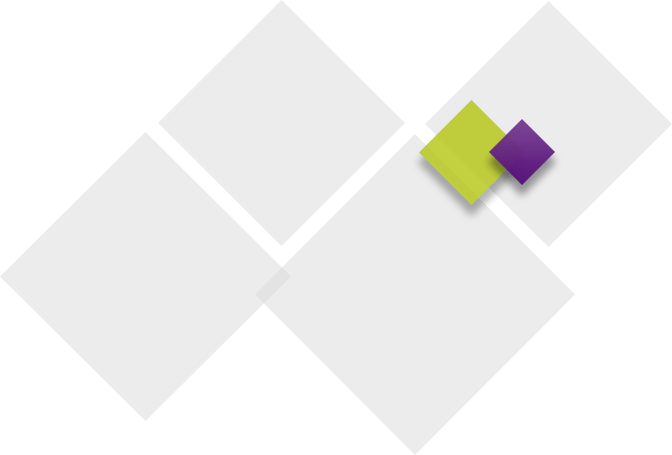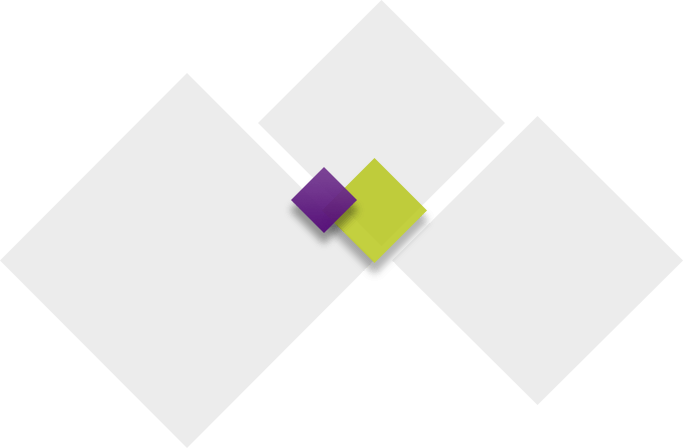Business Applications – HYBRID In this term-long high school course, students will embark on an exciting journey into the world of Business Software Applications. Through hands-on instruction and practical projects, students will become proficient in a wide array of essential tools, including but not limited to the Microsoft Office suite. From mastering the art of crafting professional documents and presentations in Microsoft Word and PowerPoint, to effectively organizing data and crunching numbers with Excel, students will develop a strong foundation in software applications crucial for success in the modern business environment. Alongside these core skills, students will also explore various other software solutions, equipping them with the technological prowess required to excel in today’s competitive job market. Whether aspiring to be future entrepreneurs, office professionals, or tech-savvy leaders, this course will empower students with the essential digital tools and skills to thrive in the ever-evolving world of business. Cybersecurity As our world becomes increasingly dependent on technology, cybersecurity is a topic of growing importance. It is crucial that companies and individuals take precautions to protect themselves from the growing threat of cyber-attacks. This course prepares students with crucial skills to be responsible citizens in a digital future. term-long course is designed for students with some exposure to computer science, but there are no specific course prerequisites. Students will learn foundational cybersecurity topics including digital citizenship and cyber hygiene, the basics of cryptography, software security, networking fundamentals, and basic system administration using CodeHS, a web-based platform. Students will complete projects at the end of each unit and a culminating course project. This is not a coding-intensive course, but students will learn basic SQL and will utilize basic HTML and JavaScript within specific contexts and will be provided support within those contexts. Multimedia Applications This is a hands-on course in which students will become familiar with a variety of photo editing, sound editing, and video production software programs to manipulate digital files and create multimedia presentations. Students will also learn to use multimedia hardware. The student will: Programming in Python – HYBRID This course is an introduction to computer programming. The student will learn how software programs communicate with the computer and its relationship with hardware. Students will then become familiar with the syntax of Python, and practice accepted programming methods. Logic, problem-solving, and mathematical knowledge will be required to solve programming problems using functions, loops, parameters, variables, and other control structures. The student will: Programming in Java – HYBRID This course continues to grow student knowledge of computer programming by exploring the syntax of Java. Students will then become familiar with the syntax of Java, and practice using proper programming methods in Java. Logic, problem-solving, and mathematical knowledge will be required to solve programming problems using functions, loops, parameters, variables, and other control structures. The student will: AP Computer Science Principles – HYBRID The content and objectives of AP Computer Science include the course objectives for AP Computer Science Principles as discussed in the AP Computer Science Course Description. AP Computer Science Principles is an introductory college-level computing course that introduces students to the field of computer science. The course covers a broad range of foundational topics such as programming, algorithms, the internet, data, digital privacy and security, and the societal impacts of computing. Students will explore the following big ideas: AP Computer Science A – HYBRID AP Computer Science A introduces students to computer science through programming. Fundamental topics in this course include the design of solutions to problems, the use of data structures to organize large sets of data, the development and implementation of algorithms to process data and discover new information, the analysis of potential solutions, and the ethical and social implications of computing systems. The course emphasizes object-oriented programming and design using the Java programming language. Web Design I – HYBRID In today’s world, web pages are the most common medium for sharing ideas and information. Learning to design websites is an incredibly useful skill for any career path. This Web Design I course is a project-based course that teaches the basic principles of website planning, design, and creation. Students will create their own live, original web pages using the Hypertext Markup Language (HTML) and Cascading Style Sheet (CSS). Students will also explore other online website design mediums. By the end of this course, students will be able to explain how web pages are developed and viewed on the Internet, analyze and fix errors in existing websites, and create their very own multi-page websites. Students will learn the foundations of user interface design, rapid prototyping and user testing, and will work together to create professional, mobile responsive websites. Web Design II – HYBRID This course is a continuation of Web Design I. Students will practice real world methods of planning and design to create web pages for business. They will become familiar with websites and organizations that support web page designers and use professional software to plan, design, and create web pages and web page graphics. The student will: Computer Science
Offered to grades: 9,10, 11, 12
Length: 1 Term
Category: Elective
Prerequisite: None
Offered to grades: 10, 11, 12
Length: 1 Term
Category: Elective
Prerequisite: None
Offered to grades: 10, 11, 12
Length: 1 Term
Category: Elective
Prerequisite: Basic computer skills including keyboarding and working with files.
Offered to grades: 10, 11, 12
Length: 1 Term
Category: Elective
Prerequisite: None
Offered to grades: 10, 11, 12
Length: 1 Term
Category: Elective
Prerequisite: None
Offered to grades: 10, 11, 12
Length: 2 Terms
Category: Elective
Prerequisite: Algebra I and Programming with Python (Formerly Programming I)
Offered to grades: 10, 11, 12
Length: 2 Term
Category: Elective
Prerequisite: Algebra I and Programming with Python (Formerly Programming I)
Offered to grades: 10, 11, 12
Length: 1 Term
Category: Elective
Prerequisite: Basic computer skills including keyboarding and working with files.
Offered to grades: 10, 11, 12
Length: 1 Term
Category: Elective
Prerequisite: Web Design I
High School Computer Science

